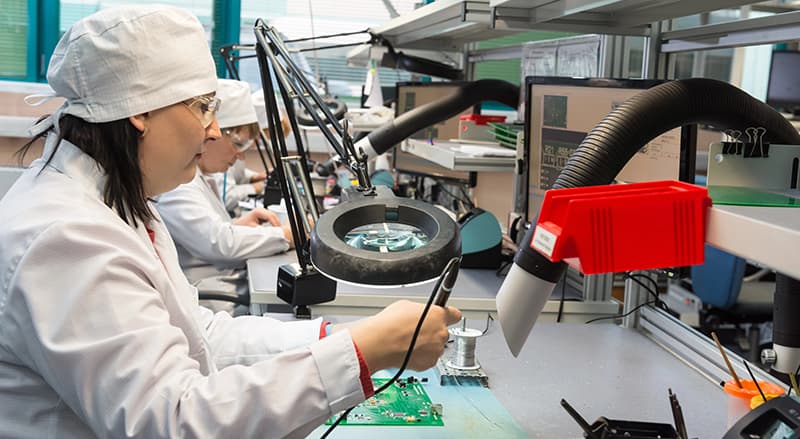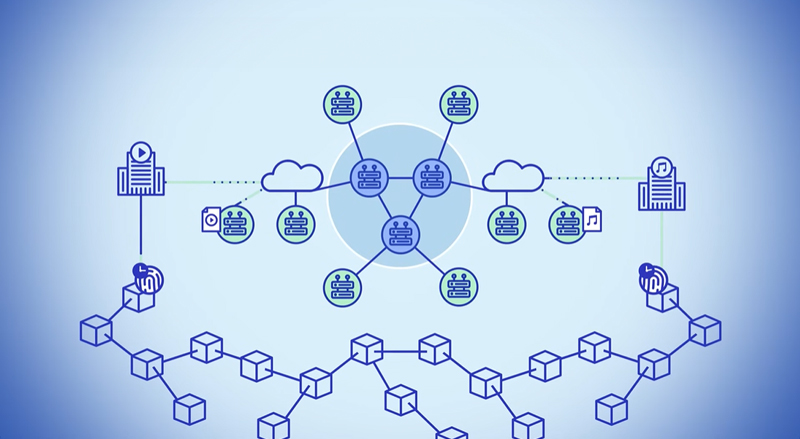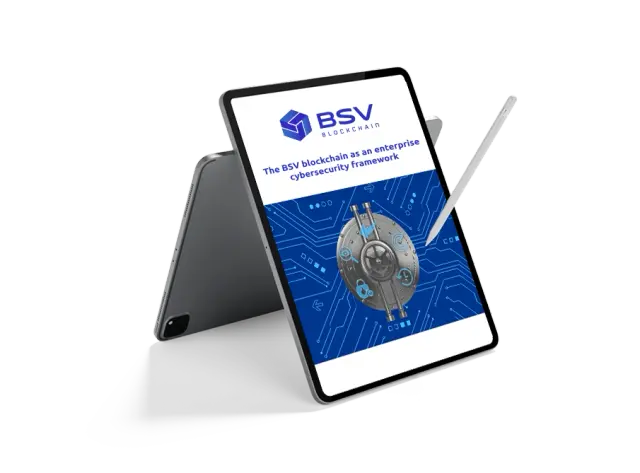The opportunities for a hyper-connected world using the Internet of Things and blockchain technology are no longer the stuff of science fiction with the scale and performance offered by the BSV blockchain (BSV).
From inseminating cows at exactly the right time during estrus to ensure birth of female dairy calves, through smart responsive traffic lights that reduce carbon emissions to saving 1.6 million gallons of water at an Arizona vineyard, the game changing potential for the Internet of things (IoT) is only limited by your imagination.
Realising IPv6 and an IoT world will require a new communications infrastructure
With the unbounded opportunities offered by BSV, storing accessible data on chain, data analysis is not only possible, but the intelligence gathered could be used to improve products, shorten the supply chain and reduce carbon emissions.
There are five billion people globally who can access the Internet according to April 2022 statistics by Statista – over 63 percent of the global population. The opportunities for capturing data using IoT connected devices have never been better.
There are a huge range of IoT devices that could be used to report data. Devices could be something as simple as an internet-connected washing machine, or refrigerator that proactively reports that it needs maintenance for one of its component parts, or a passive device – such as socks – that are embedded with an RFID chip to prevent you losing them.
Using IoT devices with the next generation Internet protocol, IPv6, also makes a lot of sense. Ipv6 has a huge amount of IP addresses available for Internet connected devices. Wikipedia notes that the PIv6 address space has 2128 addresses in its range. That is 340,282,366,920,938,463,463,374,607,431,768,211,456 addresses (approximately 3.4×1038).
To visualise this number of addresses, think of a chess board. Chess boards have 64 squares representing 64-bit technology – half the number of squares we would need for a 128-bit address.
Now imagine placing one grain of rice in the top left-hand square, 2 grains on the second square in the top line, and 4 grains on the third square doubling your grains on each new square. By the time you have filled the top line you would have 256 grains of rice – which is equivalent to the address space available for 8-bit technologies such as Dos.
Keep doubling the rice grains. By the time you fill the second line with rice grains, there would be 16,384 grains on the 16th square. Old 16-bit technology could only use this amount of addressable space.
On square 32 of the board, there would be 4.3 billion grains – addressable space used by 32-bit computers.
We are now only halfway down the chess board too. When the final square on the board has been filled. Imagine how many grains of rice would be there. There would be millions of tons of rice – enough to feed the population of the world.
The chessboard exercise uses only 64 squares. Imagine a 128 square chess board and how many grains of rice would be on the final square – your 128-bit square. It’s a mind-boggling amount to consider.
With the seemingly unlimited amount of IPv6 addresses available to record data, every single sock in the world could potentially be connected to the Internet. It could record how many times it has been washed, how many times it has been worn between washes – and most importantly – where its sock partner is.
Any physical device that can connect to the internet can be used to provide rich data that can be analysed to improve performance. Any connection method, whether made over Bluetooth, Wi-Fi, cellular data or LoRaWAN can pass messages over the network to communicate with a networked server.
IoT is the BSV blockchain’s killer app
So why is IoT ripe for BSV? With the huge amount of data captured and recorded by LoRaWAN and other sensors, the opportunity to interrogate the data to get rich trends and analyses over time makes BSV a perfect data store.
Data mining intelligence is limited by the amount of data captured and stored. With a small dataset, the chances for errors increase. But with the immutable nature of data stored on BSV, the entire dataset is accessible for as long as the data is stored there. The blockchain database is never purged to save space, and each new record added improves the quality of the data set. The provenance of the data is set in stone – just like the Bitcoin white paper which has no need to be altered. Its protocol is also set in stone and that matters if you need your data to last.
It makes so much sense to store IoT records on the tamper-resistant blockchain in this way. And with the potentially unbounded opportunities for scale and transaction throughput, there are no limits to the number of items that can transmit data on to the chain.
Intelligent sensors on devices can interrogate historical data and use this intelligence to communicate with each other and improve their performance and actions. Adaptive automation which learns from the data set will improve manufacturing lines and supply chain processes.
Auditing, debugging, assessing and decision making based on the accuracy of the data records means that businesses can be confident that the data on the blockchain has never been modified. Any errors can be appended to the chain, and the original block referred to in the modification record.
However, concerns about privacy and security are hindering the adoption of IoT solutions for some organisations. Will the data be safe if stored on the blockchain? On BSV all transactions are recorded in order, and the data secured as a sequential Time Chain. Smart contracts can perform the actions needed to record and ensure that the data is validated.
Privacy is addressed in the Bitcoin White Paper section 10 where new key pairs are used for each transaction and public keys are kept anonymous.
“…privacy can still be maintained by breaking the flow of information in another place: by keeping public keys anonymous. The public can see that someone is sending an amount to someone else, but without information linking the transaction to anyone.”
This transparency means that all transactions are visible on the blockchain. They can be audited and traced. The identity of the person making the transaction is cryptographically hidden from the prying eyes.
Is an IoT world a pipe dream without the BSV blockchain
The weak point in any IoT implementation is at the device. Each device in the IoT network must have adequate security implemented to ensure that a bad actor cannot penetrate one of the passive IoT devices. If this happens the hacker could potentially take control of the entire IoT network.
There is still work to be done before an IoT networked device can be considered to be unhackable. But enterprises can be sure in the knowledge that, by storing their data on BSV, the data stored will remain on-chain, and accessible forever.






